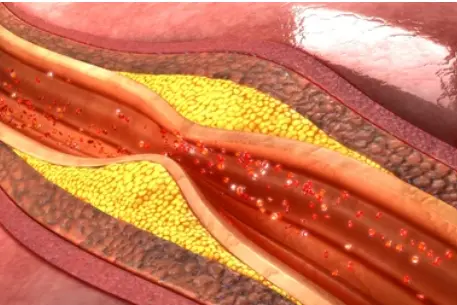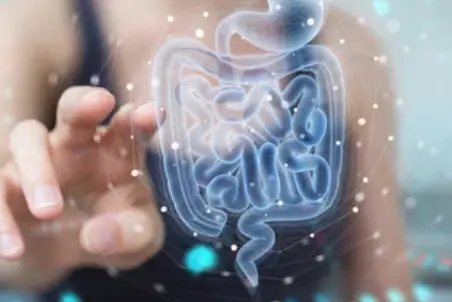 Welcome
Welcome
“May all be happy, may all be healed, may all be at peace and may no one ever suffer."
- A
- B
- C
- D
- E
- F
- G
- H
- I
- J
- K
- L
- M
- N
- O
- P
- Q
- R
- S
- T
- U
- V
- W
- X
- Y
- Z
Diabetic ketoacidosis - Generics
Diabetic ketoacidosis (DKA) is a serious complication of diabetes that occurs when the body produces high levels of ketones, which are acidic molecules produced by the liver as a byproduct of fat metabolism. DKA is most commonly seen in people with type 1 diabetes, but it can also occur in people with type 2 diabetes.
DKA occurs when there is a shortage of insulin in the body, which can lead to high blood sugar levels and the breakdown of fat for energy. The excess ketones produced during this process can cause the blood to become too acidic, which can lead to a range of symptoms, including:
- Nausea and vomiting
- Abdominal pain
- Deep, rapid breathing
- Confusion or difficulty concentrating
- Fruity-smelling breath
- Dehydration
- Coma or death (in severe cases)
Treatment for DKA typically involves hospitalization and close monitoring of blood sugar levels, electrolytes, and fluid balance. Intravenous fluids and insulin may be given to help lower blood sugar levels, rehydrate the body, and correct acidosis. Other treatments may include potassium supplements and the management of any underlying infections or other medical conditions.
Preventing DKA involves good diabetes management, including regular monitoring of blood sugar levels, taking insulin or other medications as prescribed, and seeking prompt medical attention for any symptoms of high blood sugar or other diabetes complications.

Flatulence

Breast cancer and bone me...

Transient ischaemic attac...

Peripheral arterial embol...

Menopausal hormone replac...

Cyanide poisoning

Muscle relaxant in genera...

Intestinal bleeding
Diabetic ketoacidosis, ডায়াবেটিক কেটোসিডোসিস
To be happy, beautiful, healthy, wealthy, hale and long-lived stay with DM3S.